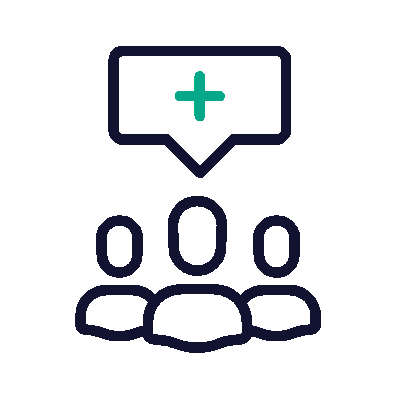June 07, 2021 by David Brett

When you sign up for a home loan, you usually sign up for a term of 25 or 30 years. But does it really take that long to pay off a mortgage? And, if not, what tactics can you use to pay yours off sooner?
The starting point: a mortgage repayment calculator
While many people opt to take out a 30-year home loan, a repayment calculator is a great tool for estimating how much more or less you may have to pay each month, week or fortnight depending on the term of your loan. For instance, you can get an idea of what your repayments might be if you bring your home loan down to 25 or even 20 years.
The effect of a shorter or longer term on your home loan
Shortening the term of your loan can be an effective way to become mortgage-free sooner and can also reduce the amount of interest you pay over the life of the loan. However, the shorter the length of your mortgage, generally the more you repay each month and the less you will be able to borrow.
Conversely, the longer your home loan, generally the lower your repayments will be and the easier it should be for you to meet your minimum monthly repayments without compromising your lifestyle.
An example
Let’s say you borrowed $640,000 with a 30 year loan term and an interest rate of 2.43%. Your monthly repayments would be $2,506 a month and your total interest would be $261,995. However, if you were to reduce the loan term to 25 years, your minimum monthly repayments would increase to $2,849 a month and your total interest would be reduced to $214,591.
How can making extra mortgage repayments reduce the life of your loan?
Regardless of the term of your home loan, you don’t necessarily have to allow it to run its full course. You can often choose to pay it off early – especially if you have a variable rate home loan. In the process, you’ll reduce the amount of interest you accrue and therefore the overall cost of the loan.
Remember, the amount you’re required to pay each month is simply a minimum repayment. You can pay your loan off early by increasing your repayments or making a lump sum contribution.
Making extra repayments is especially effective in the early stages of a home loan, particularly in the first five to 10 years. That’s because most of the cost of your early minimum repayments goes into paying interest rather than your principal. Making extra repayments early on, and paying down principal as well as interest, will have compounding effects over the whole life of your loan.
Benefits of a longer term loan with extra repayments
If you prefer to have flexibility in your loan, one option is to set your repayments above the minimum amount.
To illustrate, let’s go back to our original example. You could sign on for a 30 year loan term, but make repayments at the level of a 25 year loan – that is, pay $2,849 per month. If you did this every month, you would pay down your loan in 25 years and pay the same amount of interest as if it was a 25 year loan term.
The bonus is that if there is a time during the loan term when making those extra repayments is a little difficult, you can always drop down to the minimum amount for a period. Additionally, if at some point you want to access some cash for a renovation or overseas holiday for example, you have the option to redraw the balance of your additional repayments instead of applying for a new loan. On the other hand, if you start on a 25 year loan where the minimum repayment is higher, you don’t have the flexibility of reducing your repayments or having that extra cash available.
Note that significant amounts of extra repayments are typically only available with a variable rate loan. If you are on a fixed rate, you will probably have restrictions and/or fees for extra repayments. Also check that your loan allows for redraw without extra fees.
Last word
Did you notice the variable rate specified in our example? Yes, that 2.43%* rate (comparison rate 2.43%^ ) is available now with $0 ongoing fees and free redraw.^^
Is your variable rate this low? If not, get in touch to have a chat!
1 Calculated on a P&I loan where the interest rate remains the same over the term of the loan. Assumes no other fees or charges.
*The home loan with the lowest current interest rate is not necessarily the most suitable for your circumstances, you may not qualify for that product, and not all products are available in all states and territories.
^Comparison rates are based on a secured loan of $150,000 over a term of 25 years. WARNING: This comparison rate applies only to the example. Different amounts and terms will result in different comparison rates. Costs such as redraw fees or early repayment fees, and cost savings such as fee waivers, are not included in the comparison rate but may influence the cost of the loan.
^^This variable rate is available for owner occupiers, on P&I only, with a maximum LVR of 80%. The minimum loan size is $20,000 and the maximum loan size is $2,500,000. The rates, fees and product information quoted here are correct as at 09/06/2021 and are subject to change at the discretion of the lender.



